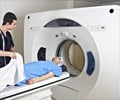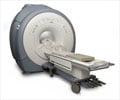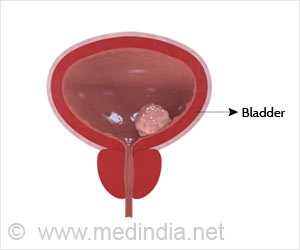A multi-center study concludes that women with a recent diagnosis of cancer in one breast should have MRI screening of the opposite breast.
A multi-center study conducted by Chapel Hill researchers at the University of North Carolina concludes that women with a recent diagnosis of cancer in one breast should have MRI screening of the other breast, too.
The international research team found that MRI, or magnetic resonance imaging, detected cancer in the other breast too in 30 of 969 women (3.1 percent) who had recently been diagnosed with cancer in one breast only. The cancers in the opposite breast were missed by previous mammography and clinical exam.The authors recommend MRI screening for women at high risk for breast cancer – those who already have the disease, have been recently diagnosed or have a family history of breast cancer. The results appear in the March 29, 2007, issue of The New England Journal of Medicine.
'This study is pretty definitive evidence that the opposite breast needs to be evaluated with MRI,' said study co-author Dr. Etta Pisano, a principal investigator and Kenan professor of radiology and biomedical engineering at the UNC School of Medicine. 'But no one is recommending that we give up mammography. MRI screening is a very expensive tool that should be used judiciously for high risk populations. The last thing we would want is for every woman to think she should get an MRI,' Pisano said.
In addition, MRI does not detect calcifications, one of the earliest signs of breast cancer. Mammography is the only way to detect calcifications.
The American College of Radiology Imaging Network (ACRIN) conducted the study at 25 test sites in the U.S. and Canada. The National Cancer Institute funded the research.
Despite negative clinical breast exams and mammography of the opposite breast, up to ten percent of women are later diagnosed with cancer in the opposite breast after having begun treatment for breast cancer, the study said. This means patients must undergo two rounds of cancer therapy (surgery and possibly radiation and/or chemotherapy) rather than one, as would be the case if cancer in the other breast was found at the time of initial diagnosis.
Advertisement
Pisano, director of the UNC Biomedical Research Imaging Center and a member of the UNC Lineberger Comprehensive Cancer Center, said the percentage of cancers found in the other breast was huge. 'If you were to screen the opposite breast with mammography in the general population, you would expect to find four to seven cancers per 1,000 patients. This study found three per 100, nearly ten times higher.'
Advertisement
The ACRIN authors note that the additional cancers detected in their study was not influenced by the patient’s breast density, menopausal status or primary tumor history.
'The reason why dense breasts are a problem is that tissue lies between the tumor and the detector. The beam has to go though a lot of normal tissue, which can hide the tumor. But if you take slices, as MRI does, you get images in focus every few millimeters and the tumor can’t hide,' Pisano said.
Source-Eurekalert
PRI/S











